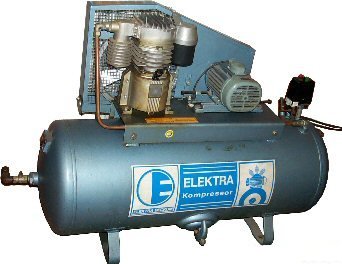|
|
|
|||||||||||||||||||||||
| ||||||||||||||||||||||||
|
|
A B C D E F G H I J K L M N O P Q R S T U V W X Y Z
| |||||||||||||||||||||||
| Elements of dry air | Quantity | Density (1,29 kg/m³) | Melting point | |
| Nitrogen (N) | 78 % | 1,251 kg/m³ | -210°C | |
| Oxygen (O) | 21 % | 1,429 kg/m³ | -219°C | |
| Carbon dioxide, hydrogen, argon, neon, helium, krypton | 1 % | |||
| Fine dust, nitrogen and sulfor compounds | ||||
| Exhaust, microorganisms, suspended particles | ||||
Function
Sometimes you may have noticed that water pours out from the exhaust of a car driving by. You may be tempted to stop and to give to the driver a warning of a possible defect. Better you do not, because the escape of water is absolutely normal with cold engines. With warm engine it escapes in vapour-shape, but is still clearly visible. So where does the water come from? The cooling system? Did it come in while fuelling or is the suction air that humid?
How it works
Indeed, air can carry a lot of steam. But this is not the principal reason for the water (-vapour-) escape. Water H2O develops rather from the reaction of the aerial oxygen O2 with (coal) hydrogen (C) H. Provided, the hydrogen atoms of the fuel have enough time and are mixed sufficiently with the suction air, in the ideal case two of them find their own oxygen atom. Therefore, the swirling of fuel air mixtures is so important. The more completely and more cleanly the combustion takes place, the more water portions develop.
Because modern engines are much more difficult to approach compared with former times, let alone to alter, a layman in its search for additional performance may try to raise the oxygen portion in the engine. They supply additional oxygen or nitrous oxide to the engine. If you have observed already once how a nearly extinguished match starts to burn again with pure oxygen, you may picture the reaction in an accordingly prepared internal combustion engine. Though pure oxygen or highly fortified gas does not burn, however, it supports the combustion with lasting effect. Thus, in theory, there is no difference between the comparatively complicated supercharging retrofitting and the easy supply of oxygen to the suction air, by the way, also not for the Vehicle Type Approval. Indeed, this is also valid for the burden and the life expectancy of the engine. People who have occupied themselves with the oil hose cooling of pistons with charged engines, know about the dangers for normally aspired engines with such kind of tuning. Result: Pure oxygen or nitrous oxide should only be used for old engines shortly before the scrap yard on a barred area.
If we talk about the alternative energies of the hydrogen engine or the fuel cell, the transport of hydrogen should be taken into account, perhaps also in liquid form. The liquefaction of gases began with the liquefaction of air by C. von Linde at the beginning of the last century. He put air in steel containers (bottles) under high pressure and cooled these down afterwards again to a normal temperature. The air streaming out cooled down once again compressed air clearly below zero degree in such a way that it became colder when exhausted again. Thus he reached the melting temperatures shown on top which are even lower for the hydrogen and were reached by similar processes later on.
2001-2015 Copyright programs, texts, animations, pictures: H. Huppertz - E-Mail
Translator: Don Leslie - Email: lesdon@t-online.de


